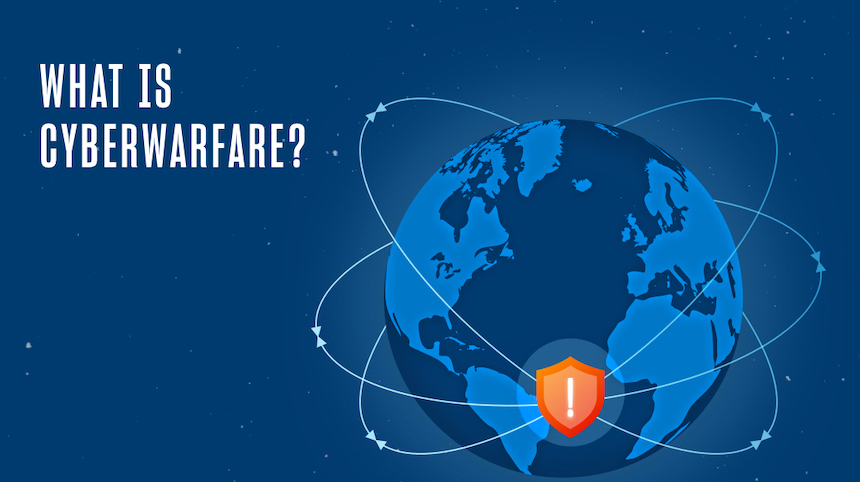
AI’s Evolving Role in Cyberwarfare: Assessing the Risks and OpportunitiesAI’s Evolving Role in Cyberwarfare: Assessing the Risks and Opportunities Introduction Artificial intelligence (AI) is rapidly transforming various aspects of modern warfare, including cyberwarfare. With its ability to automate tasks, enhance decision-making, and uncover patterns, AI is playing an increasingly significant role in both offensive and defensive cyber operations. However, its potential implications raise concerns and present opportunities that require careful assessment. Risks of AI in Cyberwarfare * Autonomous Weapon Systems: AI-powered weapons capable of making lethal decisions without human intervention pose ethical and legal dilemmas. Such systems could potentially amplify the risks of unintended escalation or erroneous targeting. * Increased Automation: AI can automate cyber attacks, reducing the need for human expertise and increasing the frequency and scale of attacks. This can overwhelm defenders and make it difficult to identify and respond to threats. * Improved Offensive Capabilities: AI can analyze vast amounts of data to identify vulnerabilities and develop tailored attacks against specific targets. This can lead to more targeted and effective cyber campaigns. * Challenges to Attribution: AI can make it more difficult to attribute cyber attacks to specific actors, as it can create noise and confusion by generating false leads or impersonating others. Opportunities of AI in Cyberwarfare * Enhanced Defense Capabilities: AI can assist in detecting, analyzing, and responding to cyber attacks in real-time. It can identify anomalies, predict attack vectors, and automate incident response. * Improved Intelligence Gathering: AI can process large amounts of data from various sources to extract critical information, detect patterns, and identify potential threats. * Cybersecurity Education and Training: AI can be used to create training simulations and educational tools, enabling defenders to better understand and mitigate cyber risks. * Risk Mitigation and Assessment: AI can help assess vulnerabilities and quantify risks, allowing organizations to prioritize their security investments and develop effective cybersecurity strategies. Assessing the Risks and Opportunities To ensure responsible and ethical use of AI in cyberwarfare, it is crucial to carefully assess both the risks and opportunities it presents. This involves: * Developing Clear Policies and Regulations: Governments and international organizations must establish clear frameworks governing the use of AI in cyberwarfare, defining acceptable and unacceptable practices. * Promoting Ethical Awareness: Researchers, developers, and users of AI must recognize and address the ethical implications of its deployment in cybersecurity. * Investing in Research and Development: Continuous research and development are essential to mitigate risks and exploit the full potential of AI for defensive purposes. * Enhancing Collaboration and Information Sharing: International cooperation is vital for detecting and responding to AI-enabled cyber threats and promoting best practices. Conclusion AI is a transformative technology with both risks and opportunities for cyberwarfare. By carefully assessing these implications, developing responsible policies, and investing in research and collaboration, we can harness the power of AI to strengthen cybersecurity and minimize its potential for harm. A balanced approach that considers both the risks and opportunities will be crucial for shaping the future of cyberwarfare in a responsible and effective manner.
Posted inNews